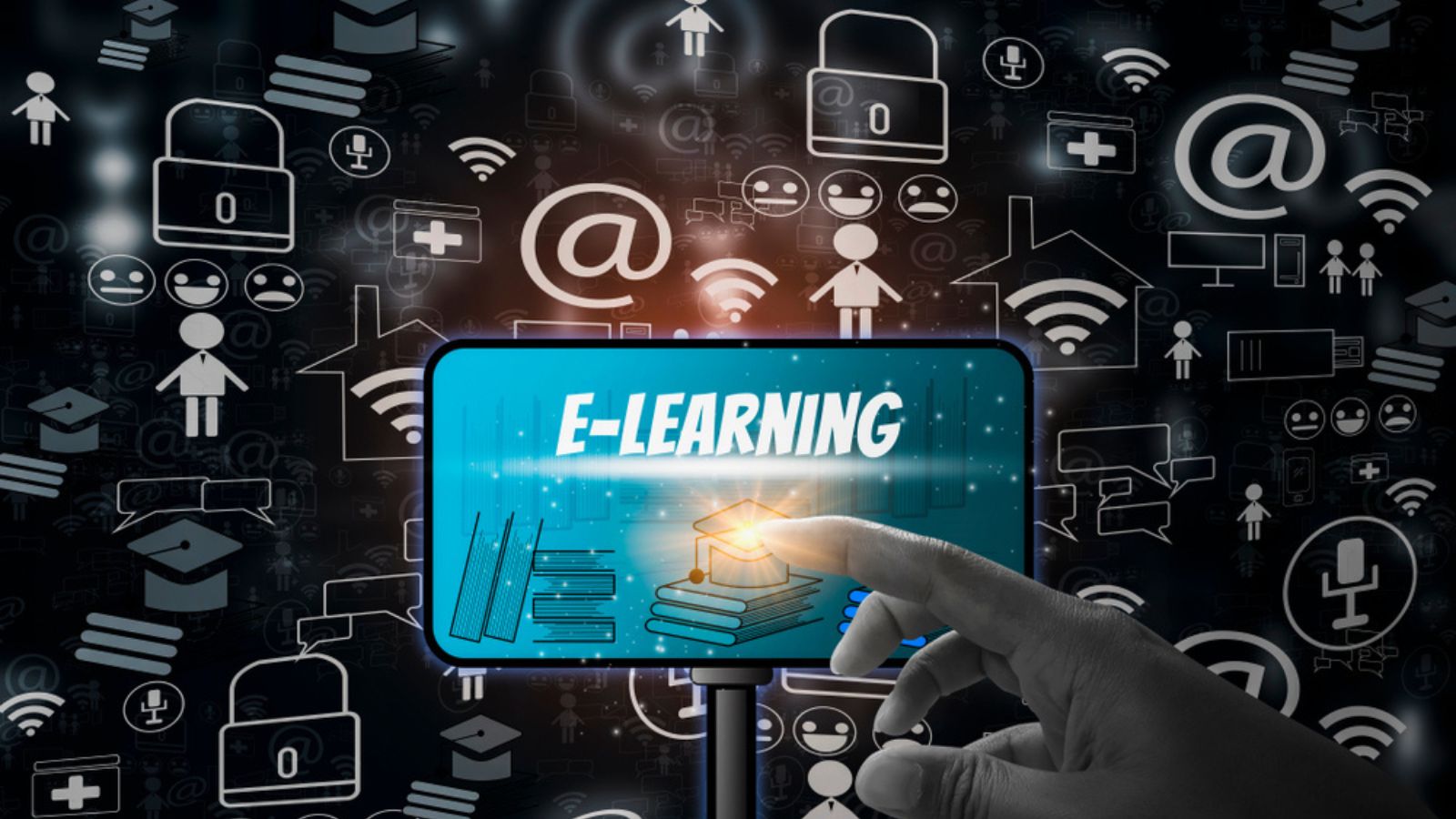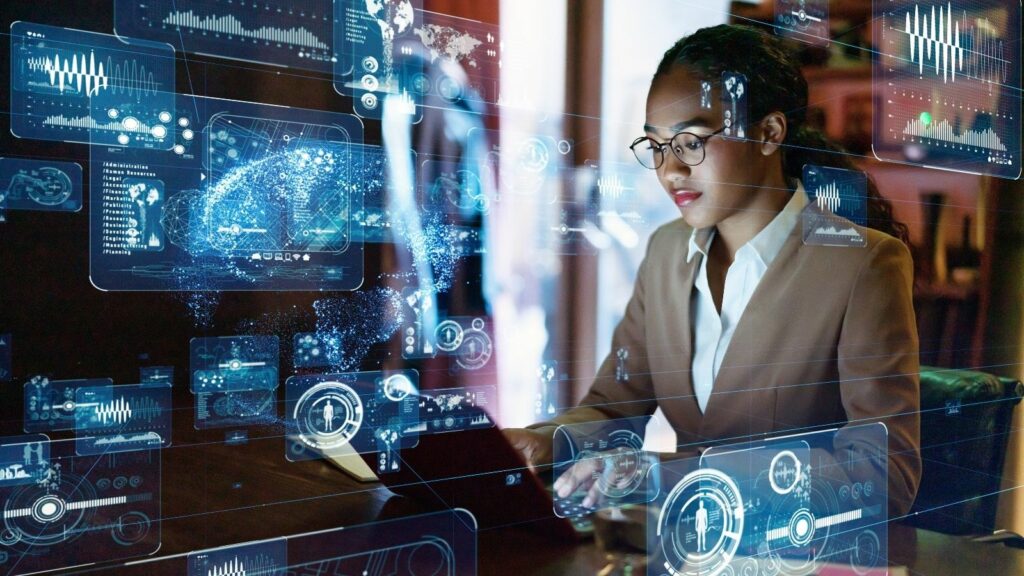Artificial intelligence is reshaping education, offering innovative tools and strategies that revolutionize teaching and learning. From personalized learning experiences to automated grading systems, AI makes education more accessible, efficient, and tailored to individual needs. By 2025, these advancements are expected to bring significant changes, addressing challenges like teacher shortages and bridging learning gaps. This article explores 12 transformative ways AI is set to redefine education, creating a future where technology and learning seamlessly intertwine.
Bridging the Gap Between Theory and Practice

AI is revolutionizing how theoretical concepts are applied in real-world contexts. Through AI-driven simulations, augmented reality (AR), and virtual reality (VR), students can engage in hands-on learning experiences that bring their lessons into practice.
Whether conducting virtual science experiments or exploring engineering designs, AI ensures learners bridge the gap between classroom theories and practical applications, preparing them for real-world challenges.
The Need for AI Policy Guidance

The importance of strong policy guidance cannot be overstated as AI becomes an integral part of education. Governments and institutions must collaborate to address ethical considerations, data privacy, and equitable access.
Policies must regulate how AI systems are developed, implemented, and monitored to ensure they serve as tools for harmony and empowerment rather than perpetuating inequalities.
AI-powered Personalized Learning

Personalized learning is one of AI’s most impactful contributions to education. AI can create customized learning pathways by analyzing a student’s strengths, weaknesses, and preferences. Whether recommending specific resources or suggesting tailored exercises, AI ensures that students have the support they need to succeed, building a deeper understanding of subjects.
AI-powered Assessment and Evaluation

Traditional assessment methods often struggle to analyze the full scope of a student’s abilities. AI-powered tools can offer a more comprehensive approach to evaluating test scores, participation, creativity, and problem-solving skills.
These systems provide real-time feedback, enabling students and teachers to identify areas for improvement and work instantly and effectively.
AI-powered Student Support and Engagement

Keeping students engaged in learning has always been challenging, but AI is bridging this gap. AI offers round-the-clock support for students through chatbots, virtual tutors, and interactive learning platforms.
These tools provide instant answers to questions, personalized encouragement, and even gamified learning experiences, making education both engaging and accessible.
Enhanced Teacher Training with AI

AI is helping students transform how they learn and how teachers are trained. Simulated classrooms powered by AI can help teachers practice and polish their teaching strategies in real-world scenarios.
These tools analyze performance and provide constructive feedback, helping teachers improve their skills and adapt to the evolving needs of modern learners.
Revolutionizing Special Education

AI can improve special education by meeting the particular requirements of kids with disabilities. Technology guarantees inclusion in education, from AI-driven mental training programs for students with learning disabilities to speech-to-text tools for students with hearing impairments. By offering customized solutions, AI helps students reach their greatest potential.
Overcoming Language Barriers in Education

Language barriers often make it hard for non-native speakers to access quality education, but AI is transforming this landscape. Advanced translation tools and multilingual AI tutors are breaking down these barriers, making educational content accessible to learners worldwide, regardless of their native language. By promoting global collaboration and ensuring equal learning opportunities, these innovations are paving the way for a more inclusive and interconnected educational experience for students everywhere.
Predictive Analytics for Early Intervention

AI’s predictive analytics ability to identify failing students before their problems worsen is revolutionary. AI systems can identify issues early on by examining academic achievement and behavioral tendencies.
After that, educators can provide focused assistance to help students overcome difficulties and maintain focus on their learning objectives.
Gamification and Immersive Learning Experiences

Integrating AI into gamification is transforming how students engage with their studies. AI-powered games and simulations offer immersive learning experiences, making complex topics easier to understand.
Whether exploring historical events through virtual reality or solving math puzzles in a game format, AI ensures learning remains fun and impactful.
Streamlining Administrative Processes

The administrative responsibilities that often overburden educational institutions are being made simpler by AI. AI simplifies operations, saving time and resources by automating enrollment procedures, scheduling, and record-keeping. Because of its efficiency, educational institutions can concentrate more on improving student learning results than administrative issues.
The Importance of AI Policy in Education

Robust policy guidance is essential as AI becomes a core component of education. Governments and institutions must work together to tackle issues like ethics, data privacy, and equitable access. Clear policies are needed to regulate the development, implementation, and monitoring of AI systems, ensuring they function as tools for empowerment and inclusivity rather than exacerbating existing inequalities. Such guidelines will help create a balanced and ethical foundation for AI-driven advancements in education.
Conclusion

AI integration in education is expected to bring revolutionary changes as 2025 approaches, empowering teachers and students. AI offers a more efficient, inclusive, and dynamic educational future through specific learning, increased engagement, and streamlined operations.
To guarantee that all students, regardless of their circumstances, may take advantage of this revolution in learning, these developments must be supported by well-considered policies and implemented fairly.
By harnessing AI’s potential while addressing its challenges, we can shape an educational system that equips students with the complexities of the modern world.
25 Countries Predicted to Become Economic Superpowers in the Next 20 Years

The strength of an economy plays a crucial role in various international policies about trade and relations. Certain factors determine the strength of an economy, including population growth, availability of resources, and development and advancement. Here are 25 countries predicted to become economic superpowers in the next 20 years
25 Countries Predicted to Become Economic Superpowers in the Next 20 Years
